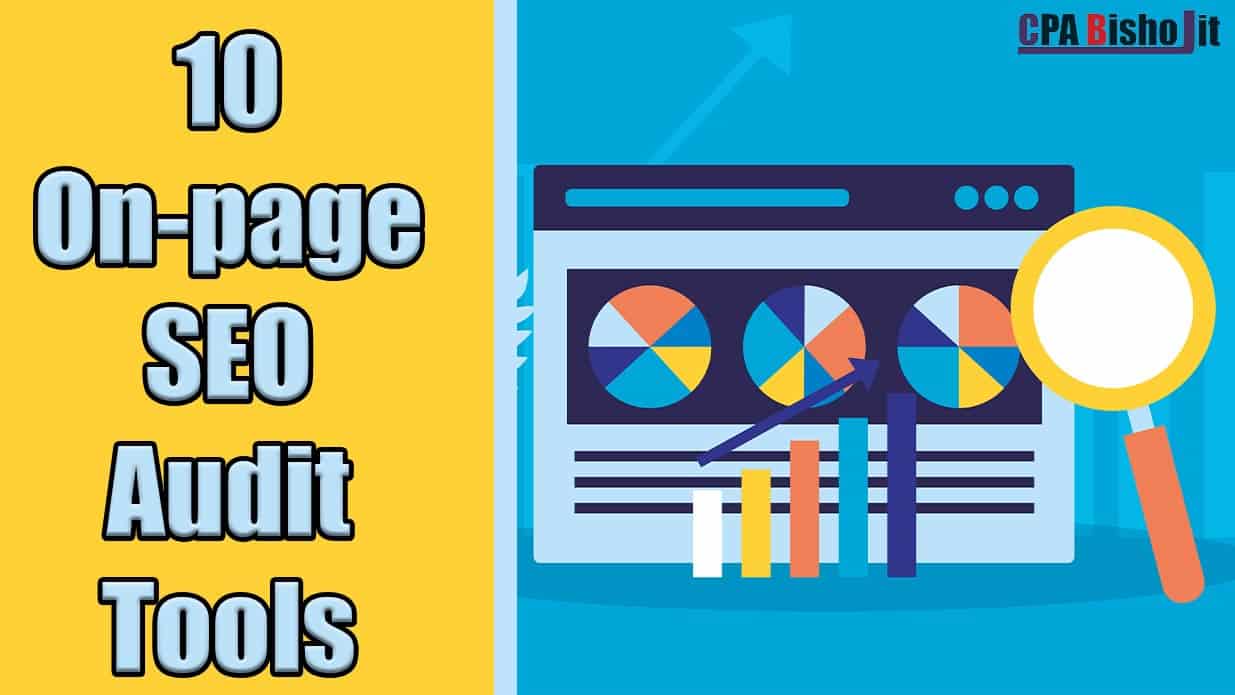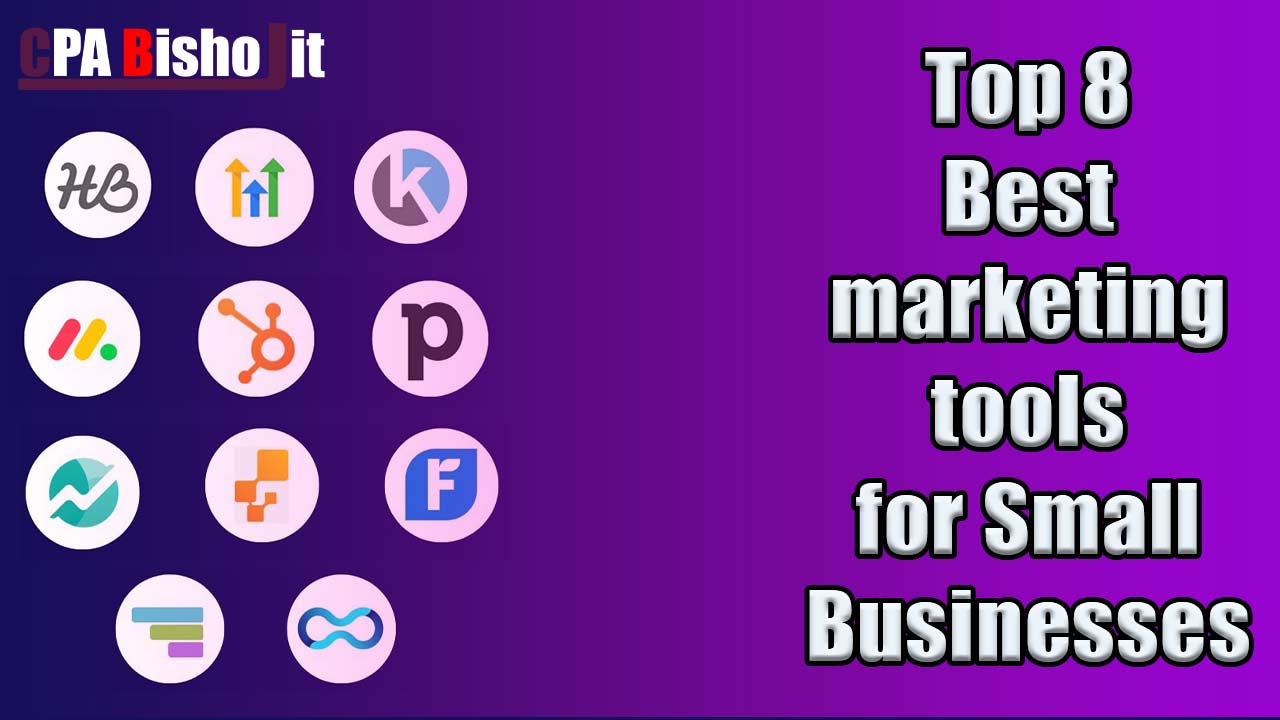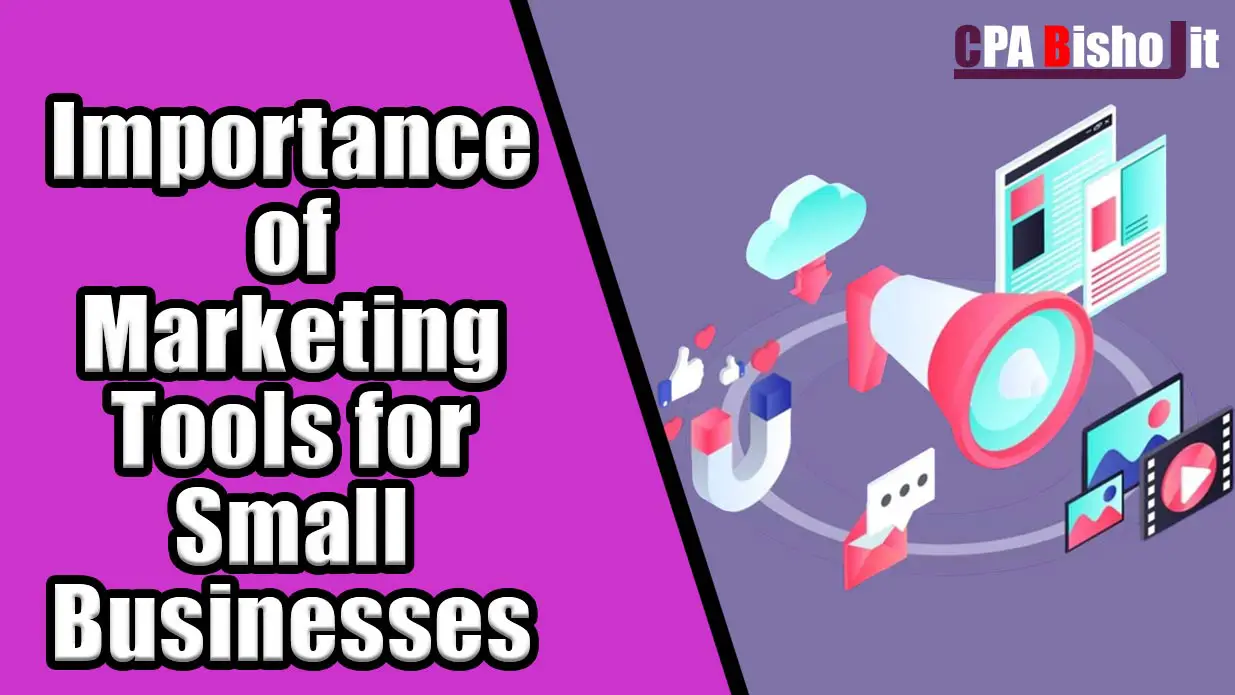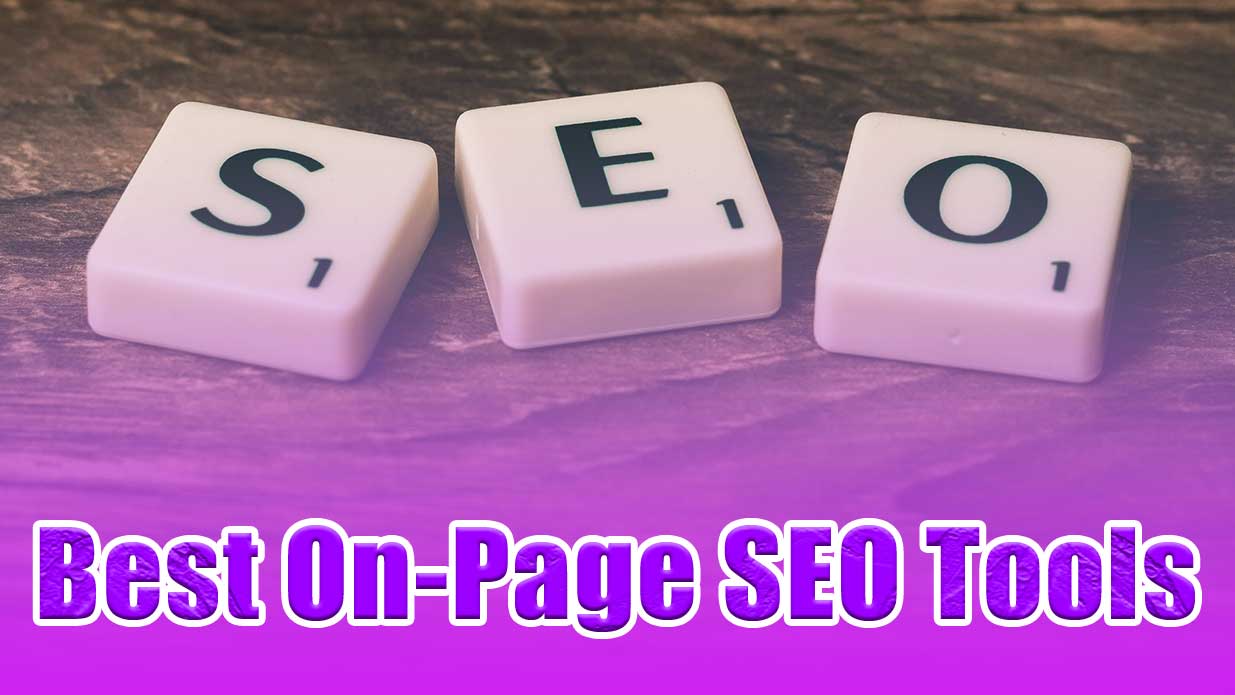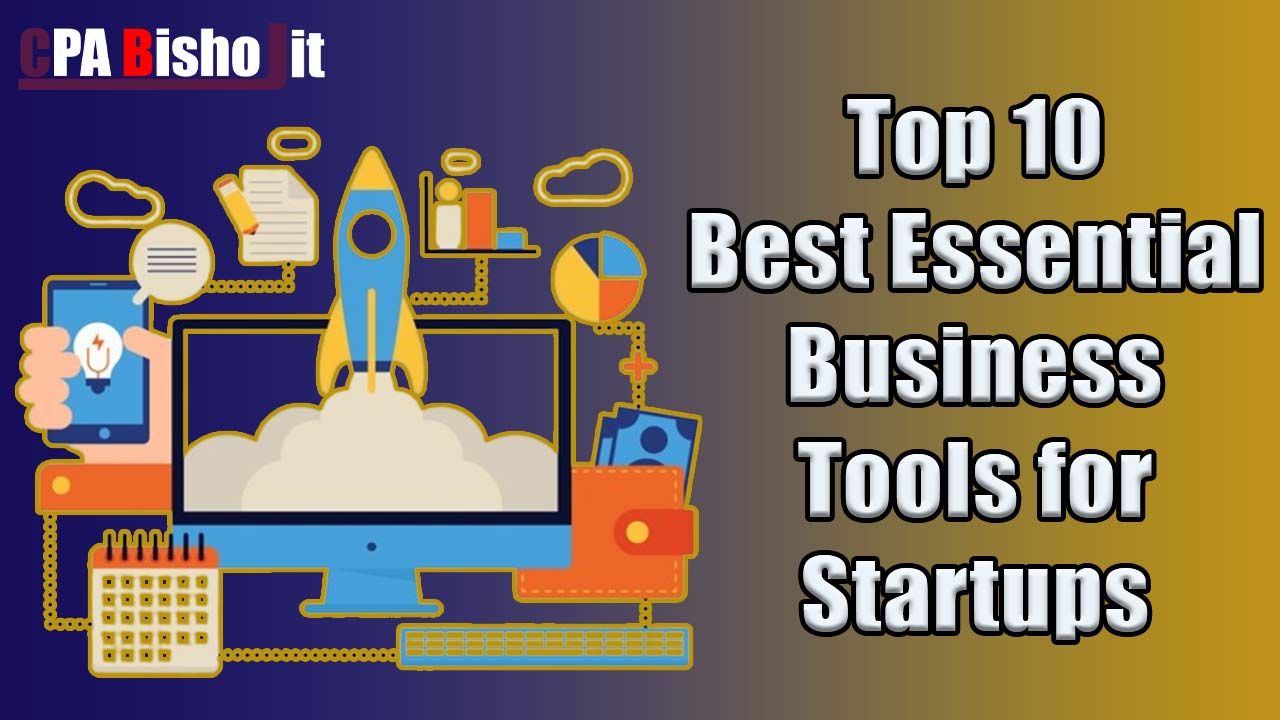3 Tips to How to Select the Right Business Tool

Choosing the right business tools can significantly impact your efficiency, productivity, and ultimately, your bottom line. In today’s digital landscape, the options are vast and varied, ranging from project management platforms to customer relationship management (CRM) software and beyond. However, amidst this abundance, the challenge lies not just in finding a tool, but in selecting one that precisely fits your business needs and integrates seamlessly with your existing systems.
In this article, we’ll delve into three essential tips to help you navigate the labyrinth of choices and identify the optimal business tools for your organization. By focusing on understanding your requirements, evaluating compatibility, considering costs, and ensuring robust support, you’ll be well-equipped to make informed decisions that propel your business forward.
Let’s dive into these practical strategies to streamline your tool selection process and empower your business operations.
Tip 1: Identify Your Business Needs

To begin your journey toward selecting the right business tools, the first and most crucial step is to identify your business needs clearly. This involves a comprehensive analysis of your current processes and a deep understanding of the key features necessary for enhancing efficiency and achieving your business objectives.
Analyze Current Processes
Start by examining your existing workflows and operations. Take note of the tasks that are essential to your daily operations and those that could benefit from automation or optimization. Look closely at where inefficiencies lie, whether it’s in project management, customer relationship management, or internal communication.
By documenting your processes and workflows, you can pinpoint areas where a dedicated tool could streamline operations and save valuable time and resources. For instance, if you find that your team spends a significant amount of time manually tracking project milestones and tasks, a project management tool with robust tracking capabilities could be highly beneficial.
Understand Key Features
Once you’ve identified the pain points in your current processes, the next step is to outline the key features that your ideal business tool must possess. These features should directly address the challenges identified during your process analysis.
Consider functionalities such as task management, collaboration tools, integration capabilities with other software systems your team uses, and reporting functionalities. For example, if seamless integration with your existing CRM software is crucial for maintaining customer data accuracy, ensure that any new tool you evaluate meets this requirement.
Furthermore, prioritize features based on their importance to your business operations. While advanced features can be enticing, it’s essential to focus on those that will have the most significant impact on improving efficiency and achieving your business goals.
Tip 2: Evaluate Compatibility and Integration

After identifying your business needs and understanding the key features required, the next critical step is to evaluate the compatibility and integration capabilities of potential business tools.
Assess Existing Tools and Systems
Begin by assessing the tools and systems currently in use within your organization. Identify the software applications and platforms that are integral to your daily operations, such as CRM systems, project management tools, communication platforms, and financial software.
Evaluate how these existing tools contribute to your workflows and consider whether there are redundancies or gaps that need to be addressed. This assessment will help you determine whether new tools should seamlessly integrate with these existing systems or replace them with more comprehensive solutions.
Integration Capabilities
Compatibility and integration capabilities are crucial factors when choosing new business tools. Ensure that any prospective tool can integrate smoothly with your current systems to avoid disruptions and data silos. Look for tools that offer APIs, plugins, or built-in integrations with commonly used platforms like Microsoft Office, Google Workspace, or popular CRM solutions.
For example, if your sales team heavily relies on Salesforce for managing customer relationships, selecting a project management tool that integrates seamlessly with Salesforce can enhance data visibility and streamline workflows between departments.
Furthermore, consider how data flows between different tools and systems to ensure consistency and accuracy across your organization. Seamless integration not only improves operational efficiency but also enhances collaboration and decision-making capabilities.
Tip 3: Consider Cost and Support

As you finalize your decision on selecting the right business tools, it’s crucial to carefully evaluate the financial implications and the support infrastructure available.
Budget Considerations
Budget considerations play a pivotal role in determining which tools are viable for your business. Begin by establishing a clear budget allocation for acquiring and maintaining new tools. Consider not only the upfront costs but also ongoing expenses such as subscription fees, licenses, and potential customization or integration costs.
Prioritize tools that offer a transparent pricing structure and align with your financial capabilities. Look for options that provide flexibility, such as scalable pricing plans that can accommodate your business growth without incurring unnecessary expenses upfront.
Furthermore, explore cost-saving opportunities such as free trials, discounts for annual subscriptions, or bundled packages that include multiple tools your business requires. Negotiate pricing based on your specific needs and leverage competitive offers to maximize your investment.
Support and Training
Beyond cost considerations, the availability of robust support and training resources is essential for ensuring successful adoption and optimal utilization of new business tools. Evaluate the quality and responsiveness of customer support offered by tool providers, including access to technical assistance, troubleshooting services, and response times for resolving issues.
Look for tools that provide comprehensive onboarding processes and ongoing training opportunities for your team. User-friendly interfaces and intuitive design can reduce the learning curve and empower employees to quickly adapt to new tools without extensive training periods.
Consider the availability of educational resources such as knowledge bases, video tutorials, and user forums that facilitate self-paced learning and peer-to-peer support within your organization. Proactive support from tool providers can mitigate potential disruptions and enhance productivity by addressing technical challenges promptly.
Additionally, assess the reliability of maintenance and updates provided by tool vendors to ensure continuous functionality and security enhancements. Regular updates and patches protect against vulnerabilities and ensure compatibility with evolving business needs and technological advancements.
Final Recommendations
After thorough consideration of your business needs, compatibility requirements, and financial considerations, Some final recommendations to guide you in selecting the right business tools:
- Prioritize Alignment with Business Needs: Ensure that any tool you choose directly addresses your identified business needs and supports your core processes. Avoid tools with excessive features that may not be relevant to your operations, as they can complicate adoption and add unnecessary costs.
- Emphasize Compatibility and Integration: Choose tools that seamlessly integrate with your existing systems and workflows. Assess compatibility not only with your current software and hardware but also with potential future expansions or upgrades. This ensures smooth implementation and minimizes disruptions to your daily operations.
- Evaluate Total Cost of Ownership: Look beyond the initial purchase price and consider the total cost of ownership over the tool’s lifecycle. Factor in subscription fees, maintenance costs, training expenses, and any potential customization or upgrade costs. Opt for tools that offer transparent pricing models and scalability options to accommodate your budget and growth plans.
- Prioritize Support and Training: Select tools that provide robust customer support, including timely assistance, comprehensive resources, and responsive troubleshooting. Prioritize vendors that offer accessible training materials, user-friendly interfaces, and ongoing educational opportunities to facilitate seamless adoption and maximize employee proficiency.
- Seek User Feedback and Reviews: Leverage insights from other businesses and users who have implemented similar tools. Explore online reviews, case studies, and testimonials to gauge user satisfaction, reliability, and overall performance of the tools under consideration. This peer feedback can provide valuable perspectives and help validate your decision-making process.
Summary
Choosing the right business tools is a critical decision that can significantly impact your operational efficiency, productivity, and overall business success. By following a structured approach that includes identifying needs, evaluating compatibility, considering costs, and prioritizing support, you can make informed choices that align with your business objectives and drive sustainable growth.
Remember, the goal is not just to find a good tool, but to find the right tool that enhances your business capabilities and empowers your team to achieve optimal results.

